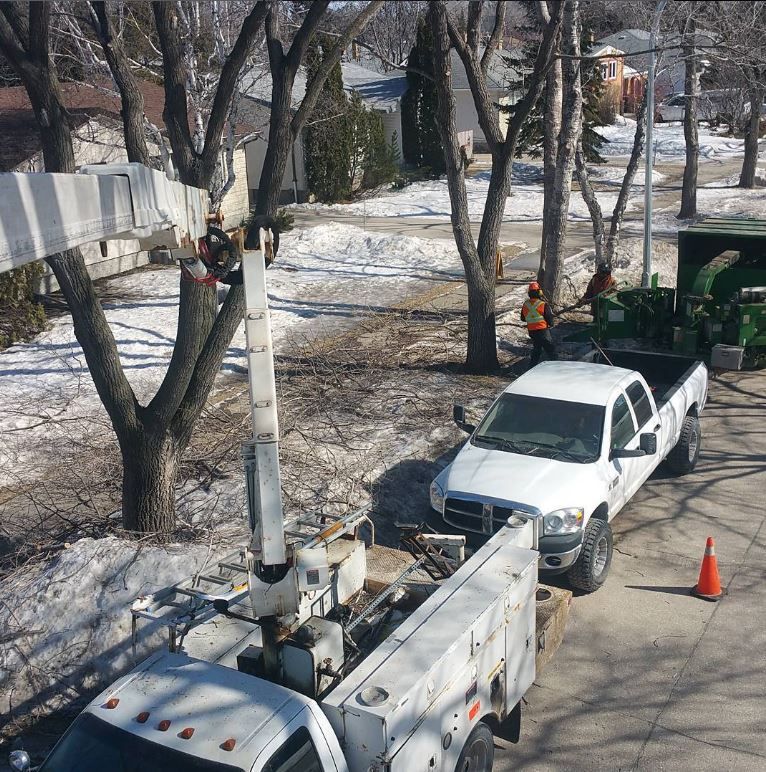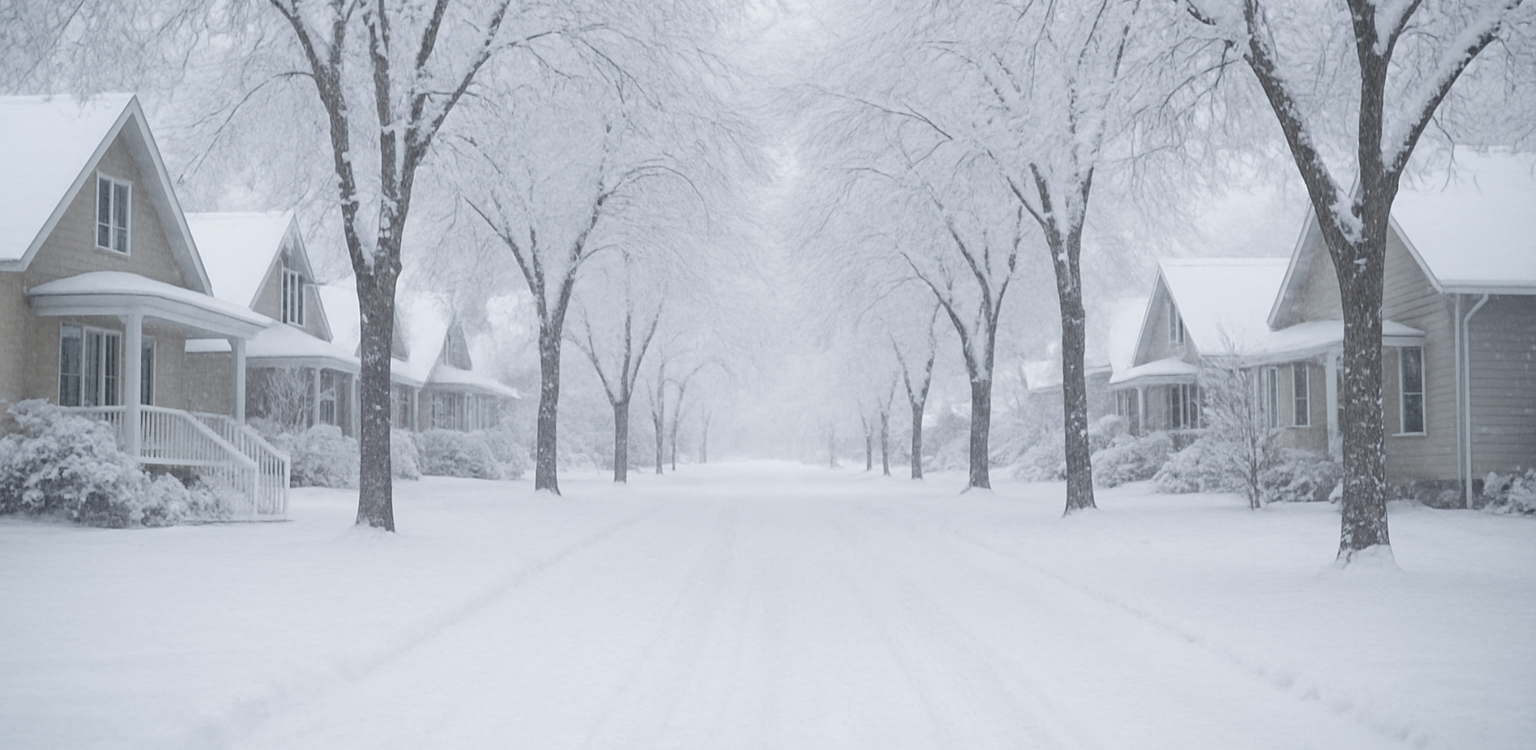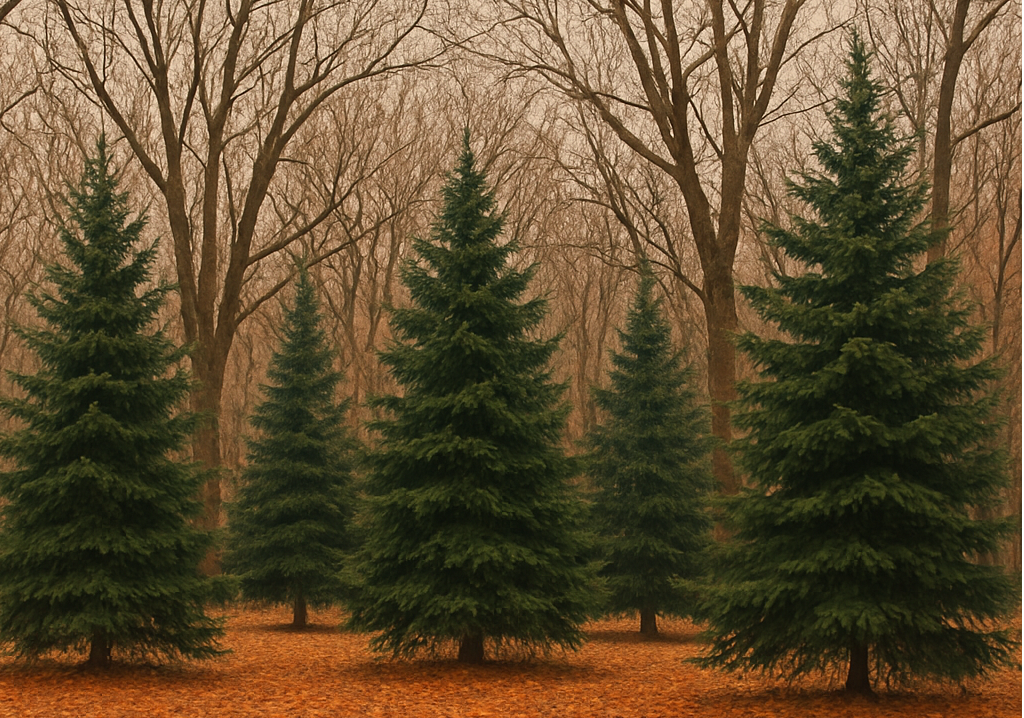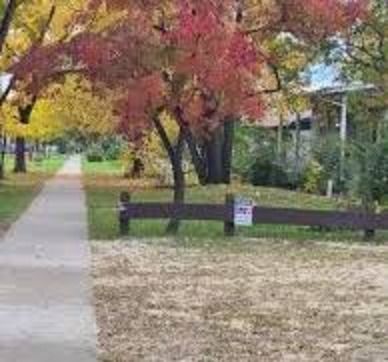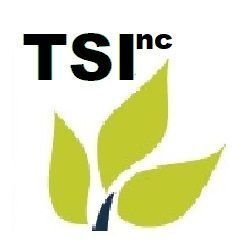Why Pruning During Dormancy is Key to Healthy Spring Growth
Trevor Soltys & Paul Kasper
When the leaves fall and trees settle into their winter slumber, you might think it’s time to forget about tree care. However, this dormant period is the perfect time to give your trees the attention they need to thrive in the spring. Dormant pruning, the practice of trimming and shaping trees during their inactive growth phase, is a critical step in ensuring their long-term health and vitality.
Let’s dive into why dormant pruning is so beneficial and why hiring a professional arborist is the best choice for your trees.
The Benefits of Dormant Pruning
- Encourages Vigorous Spring Growth
Pruning during dormancy stimulates robust growth when the growing season begins. By removing dead or overcrowded branches, you direct the tree’s energy toward producing healthy new growth in the spring. This not only improves the tree’s appearance but also boosts its overall health.
2. Reduces Stress on the Tree
Trees are less vulnerable during dormancy because they’re not actively growing. This makes it easier for them to recover from pruning cuts. By contrast, pruning during active growth can stress a tree, making it more susceptible to disease and pests.
3. Minimizes the Risk of Disease
Many diseases and pests are inactive during the winter months, reducing the likelihood of infection or infestation at pruning sites. For example, oak trees are particularly vulnerable to oak wilt if pruned in warmer months, but dormant pruning eliminates that risk.
4. Improves Structural Integrity
Dormant pruning allows for a clearer view of a tree’s structure since the leaves have fallen. This makes it easier to identify weak or problematic branches that could pose safety risks. Removing these branches helps the tree grow stronger and prevents damage during storms.
5. Enhances Aesthetics
Strategic pruning shapes the tree for balanced growth, ensuring it looks its best come spring. This is especially important for ornamental trees, which often serve as focal points in landscapes.
Why You Should Hire a Professional Arborist
While pruning may seem like a simple task, it requires expertise to do it correctly and safely. Here’s why hiring a professional arborist is essential:
- Expert Knowledge
Arborists understand the biology of trees and the specific needs of different species. They know how and where to make precise cuts to promote healthy growth without harming the tree. Improper pruning can lead to long-term damage or even death.
2. Safety First
Pruning often involves climbing or using sharp tools at height, which can be dangerous for inexperienced individuals. Arborists are trained in proper safety techniques and have the equipment to handle even the most challenging pruning jobs.
3. Prevention of DIY Mistakes
Over-pruning, cutting the wrong branches, or using improper tools can harm the tree and increase its vulnerability to disease. A professional ensures the job is done right the first time.
4. Long-Term Savings
Investing in professional care now can save you money down the road by preventing costly damage to your trees, property, or both. Healthy, well-maintained trees also add value to your property.
Trust the Experts for Healthier Trees
Dormant pruning is more than just seasonal maintenance; it’s an investment in the health and beauty of your landscape. By pruning during dormancy, you’re giving your trees the best possible start for the growing season ahead. And by entrusting the job to a professional arborist, you’re ensuring it’s done safely and effectively.
Don’t wait for spring to start thinking about your trees. Reach out to a certified arborist today and give your trees the care they need to flourish.
